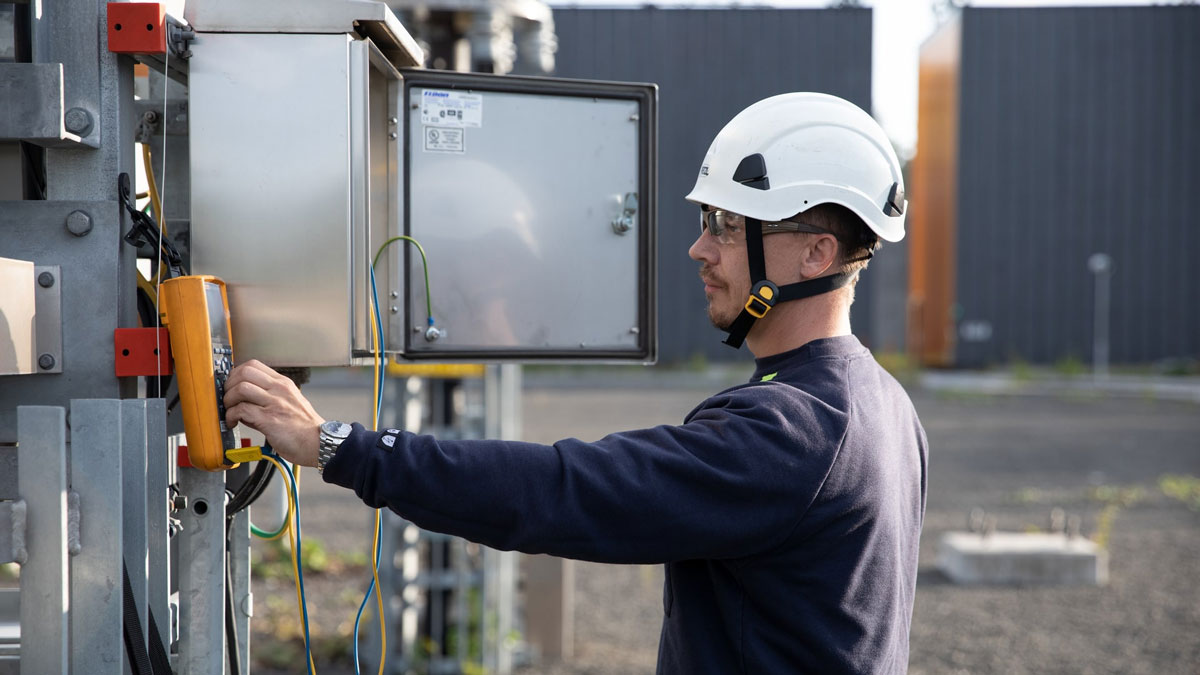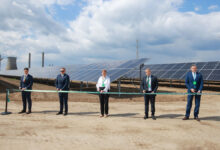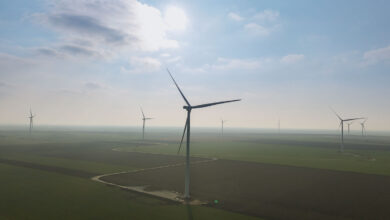Accelerating UK Electrification: Shifting Towards Clean Power
A flexible, forward-thinking approach must be taken to accommodate the UKs unprecedented soar in demand for renewable electricity, shares Suzanna Lashford, Manager of Business Development at Vattenfall Networks.
Significant progress has been made in shifting towards clean power in the UK, with the National Grid’s Electricity System Operator (ESO) reporting that 46 percent of Britain’s electricity came from zero carbon sources in April 2023. But as demand for clean energy grows, the UKs existing power infrastructure and one directional energy model grows evermore obsolete.
The UK has consistently broken records for its renewable energy uptake since 2020, with the Energy and Climate Intelligence Unit (ECIU) noting that British-based renewable energy sources have already overtaken gas as our primary source of electricity, based on data taken between October 2022 and January 2023. But as demand for renewable electricity continues to grow, so does the pressure to re-evaluate our existing energy infrastructure to ensure the UK’s grid can provide a reliable network which is capable of keeping up with supply and demand.
Smart solutions
As it stands, grid constraints – coupled with a lack of investment in transmission capacity and grid modernisation – means the UK is producing more electricity from wind power than it can use. Consequently, the National Grid has introduced curtailment costs, through which wind generators are paid to switch off rather than overload the grid at times of high wind speed. Energy tech company Axle Energy reported that £215 million was paid to wind generators to power down turbines in 2022 and a further £717m was spent on switching on gas turbines nearer to demand.
As rapid investment in wind capacity continues to soar, the National Grid ESO warns that annual constraint costs could rise to as much as £2.5 billion over the next decade before the necessary upgrades to the grid are put in place – costs that will likely be added to UK consumer bills.
The benefit of batteries
In areas with weak supply, large batteries can be used to increase capacity at peak times to reduce curtailment costs (for shutting down wind turbines) and to avoid expensive grid expansion. A prime example is a project currently being spearheaded by Vattenfall Networks in Upsala, Sweden. Here, the energy and infrastructure specialist is supporting the development of what will be the Nordic region’s largest battery storage facility, with an area equivalent to about half a football pitch, and the capacity to power Uppsala municipality’s entire street lighting system. The facility is a gigantic ‘power bank’, which can be charged up when there is no demand for electricity and discharged when there is a high level of demand.
Another idea to increase investment and speed up the development of the UK’s grid could be to enable IDNOs (Independent Distribution Network Operators) to take on more on some of the ‘non-contestable works’ which are currently only able to be performed by Distribution Network Operators. This would reduce pressure on the DNOs allowing them to focus more on upgrading weak spots in their networks. UKPN’s RIIO-ED2 business plan states:
“We have seen a significant volume of connections work, delivered increasingly, by Independent Connection Provider’s (ICPs) and IDNOs. But we believe we need to go further, and our customers agree. Facilitating a competitive connections market and the drive towards Net Zero are two strategic goals which support one another.” So, there is definitely interest from the DNOs in using IDNOs and ICPs to support upgrading the UK’s grid.
What can businesses do now?
If your business is likely to need more electrical power over the next few decades to meet net zero or electrification goals, then partnering with an IDNO to upgrade your grid connection makes obvious sense. These Ofgem regulated and customer-focused businesses work alongside ICP’s to reserve grid capacity for free on behalf of their clients. IDNO’s also contribute to the costs of designing and building an electrical network through an Asset Adoption Value (AAV) payment, which can significantly reduce the developer’s total capital cost.
If your business uses large amounts of power, partnering with an energy company like Vattenfall Networks, who will fund an upgrade of your Private Wire Network, can offer further benefits and increased energy security. Electric vehicle charging, local power generation (e.g., rooftop solar panels) and battery storage systems can all be funded and integrated into micro grids, enabling industrial customers to manage their consumption more flexibly and reduce costs.
Combined with recent reforms set out by the National Grid to help shorten delays in securing a grid connection, the above steps will be central to ensuring the UK achieves its target of decarbonising the country’s power system in time for its ambitious 2035 deadline.







